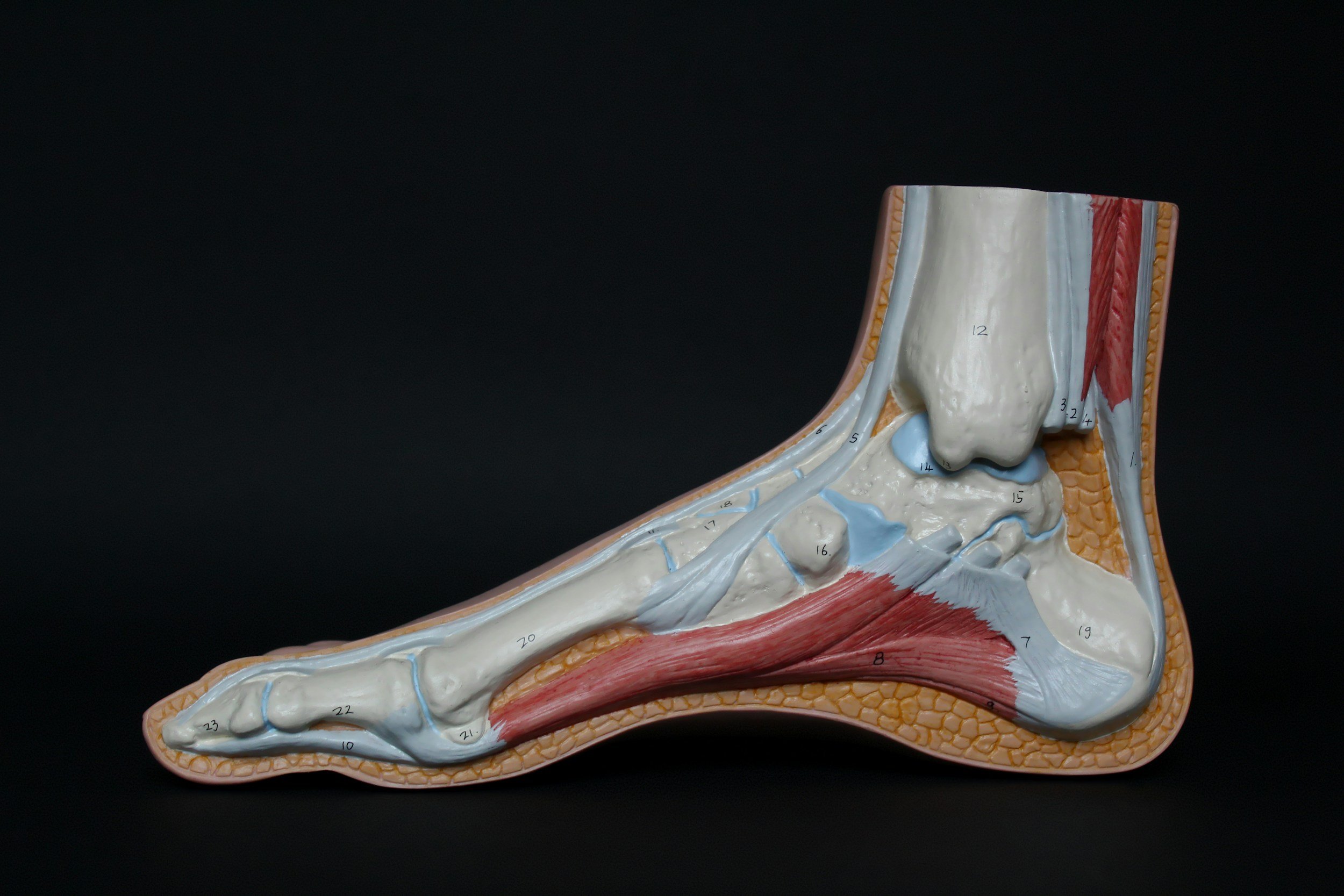
Shockwave Therapy
and
Ultrasound
-
Shockwave Therapy: Best Applications
Shockwave therapy is particularly effective for treating musculoskeletal conditions, including:
Tendinitis and Tendinopathies: Commonly used for conditions like Achilles tendonitis and rotator cuff injuries.
Plantar Fasciitis: Provides relief from heel pain through targeted stimulation.
Calcific Shoulder Tendinopathy: Helps break down calcium deposits and reduces pain.
Stress Fractures: Promotes healing in cases of non-union fractures.
Chronic Pain Syndromes: Addresses persistent pain conditions that have not responded to conventional treatments.xt goes here
-
Ultrasound Therapy: Best Applications
Ultrasound therapy excels in areas such as:
Soft Tissue Injuries: Effective for speeding up the healing of strains and sprains.
Inflammatory Conditions: Reduces inflammation in conditions like bursitis.
Scar Tissue Management: Helps break down scar tissue and improve mobility.
Joint Disorders: Provides benefits in conditions affecting joint health, like rheumatoid arthritis.
Bone Healing: Often used in conjunction with fractures to promote faster recovery.
-
Both therapies utilize distinctive mechanisms and are adaptive to various conditions, making them vital modalities in a comprehensive pain management program. Talk to your practitioner to determine which would be the best to meet your current needs.
What is Shockwave Therapy?
Shockwave therapy, also known as extracorporeal shockwave therapy (ESWT), is a non-invasive medical treatment that utilizes acoustic waves to promote healing and regeneration in various musculoskeletal conditions. This innovative therapy harnesses the power of sound waves, which are delivered through a device that produces high-energy pulses.
Mechanism of Action
The therapeutic mechanisms are multifaceted:
Stimulates Blood Flow: Shockwaves enhance circulation to the targeted area, promoting faster healing and recovery.
Pain Reduction: The treatment interferes with the nerve signals that transmit pain, providing significant relief to patients.
Collagen Production: Shockwave therapy boosts collagen synthesis, which is essential for repairing tissues and reducing inflammation.
Applications
Shockwave therapy is used to treat a variety of conditions, including:
Tendinitis (e.g., Achilles, tennis elbow)
Plantar fasciitis
Calcified shoulder (frozen shoulder)
Chronic pain conditions
Sports injuries
Treatment Process
Typically, a treatment session lasts between 15 to 30 minutes. Patients may undergo multiple sessions, depending on the severity of the condition and their response to therapy. The non-surgical nature of shockwave therapy combined with its minimal side effects makes it an appealing option for many seeking relief from chronic pain or injuries.
Conclusion
As an innovative approach to musculoskeletal pain and injury management, shockwave therapy represents a promising alternative or adjunct to traditional treatment methodologies. Its non-invasive nature and ability to promote healing make it a valuable option for those looking to enhance their wellness journey.
Ultrasound Therapy
Ultrasound therapy differs from shockwave therapy primarily in the frequency and mechanism of sound waves used for treatment. While ultrasound therapy employs continuous or pulsed sound waves in the 1 to 3 MHz range to promote tissue healing, improve circulation, and alleviate pain, shockwave therapy utilizes low-frequency acoustic waves, typically between 1 and 10 Hz.
Shockwave therapy is more focused on delivering high-energy acoustic waves to targeted areas, often enhancing cellular regeneration and breaking down calcified tissues. This method is particularly effective for treating conditions like tendinitis and plantar fasciitis.
In contrast, ultrasound therapy is generally gentler, making it suitable for a broader range of conditions, including soft tissue injuries and post-operative recovery. Additionally, ultrasound therapy can penetrate deeper into the tissues, facilitating the healing of deeper structures where shockwaves may not reach as effectively.
Both therapies serve distinct roles in physical rehabilitation, each with unique benefits tailored to the patient’s specific needs.
